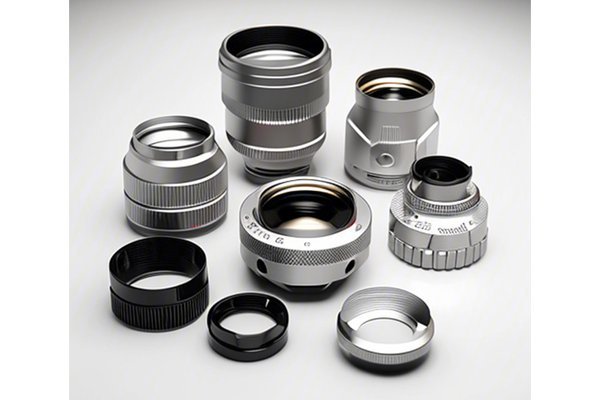Opening: The Importance of Precision in CNC Processing
Did you know that the aerospace and automotive sectors are projected to grow substantially over the next decade, strongly driving demand for high-strength structural parts? According to a recent industry report, the global demand for lightweight, durable materials is expected to increase by over 25% by
Understanding CNC Processing and Its Relevance in High-Strength Materials
CNC processing involves the use of computer-controlled machines to automate the manufacturing process. From milling and turning to laser cutting and engraving, CNC technology has been revolutionizing the way components are produced, especially in sectors where precision is non-negotiable. High-strength structural parts, often made from materials like titanium, high-strength steels, and advanced composites, present unique challenges due to their toughness and rigidity. Let’s delve deeper into how CNC processing can be employed to achieve precision while tackling these challenges.
Key Benefits of CNC Processing
Steps to Achieve Precision Processing of High-Strength Structural Parts
Achieving precision processing through CNC for high-strength structural parts involves several closely intertwined steps. Each phase is critical to ensure end products meet stringent requirements.
Choosing the right material is fundamental. For structural components, options like titanium alloys or ultra-high-strength steel (e.g., ASTM A656) are often selected. Considerations during this phase should include:
After selecting the appropriate materials, the next vital step is the design phase. Advanced CAD (Computer-Aided Design) software permits engineers and designers to create precise 3D models of components, considering:
The selection of the cutting tools is paramount because high-strength materials often wear tools quickly. Factors to consider include:

The CNC programming phase involves developing the code that guides the machine during production. Optimization plays a critical role here, including:
The actual CNC machining is where precision wrestling begins. During this phase, conditions like speed, temperatures, and fluid usage can significantly influence outcomes. Key considerations include:
This stage includes various inspection methods to ensure that the parts produced meet specified tolerances and standards. Techniques include:
After the primary CNC machining, parts often require post-processing. This can involve treatments like:
: The Future of Precision CNC Processing in High-Strength Materials
Achieving precision processing of high-strength structural parts through CNC processing is both an art and a science. As industries push the boundaries for tougher, lighter, and more intricate designs, understanding the entire lifecycle from material selection to final inspection is crucial.
With advancements in CNC technology, feedback systems, and automation, there’s tremendous potential for enhancements in precision processing. Businesses focusing on these aspects can significantly impact not only their operational efficiency but also their market competitiveness.
In a world where precision manufacturing is becoming absolutely essential, especially in critical applications like aviation, automotive safety, and medical devices, understanding how to navigate the complexities of CNC processing becomes a paramount skill for engineers and manufacturers alike. Remember, the quest for precision isn’t just about better products—it’s about paving the way to the future of manufacturing.






